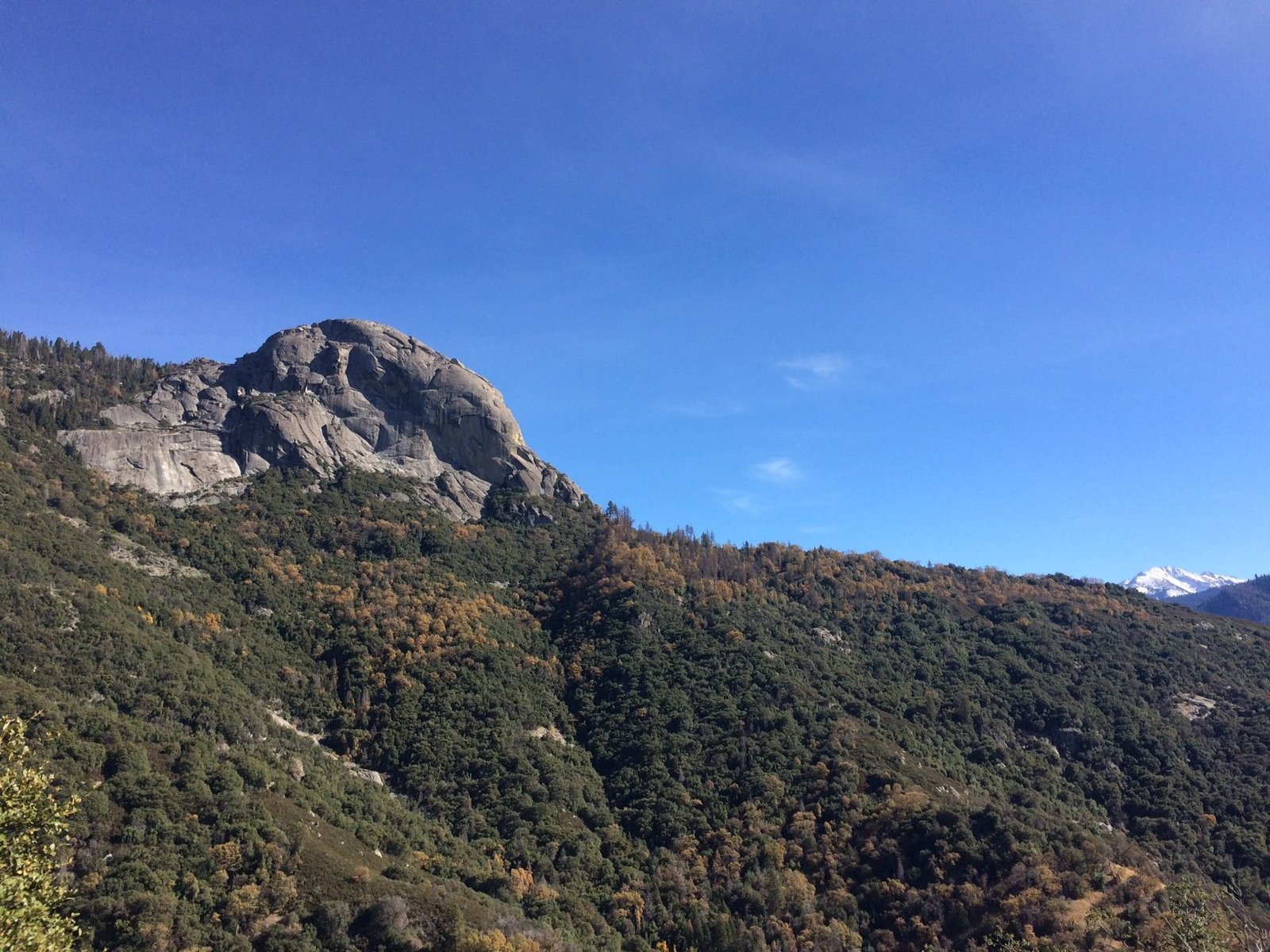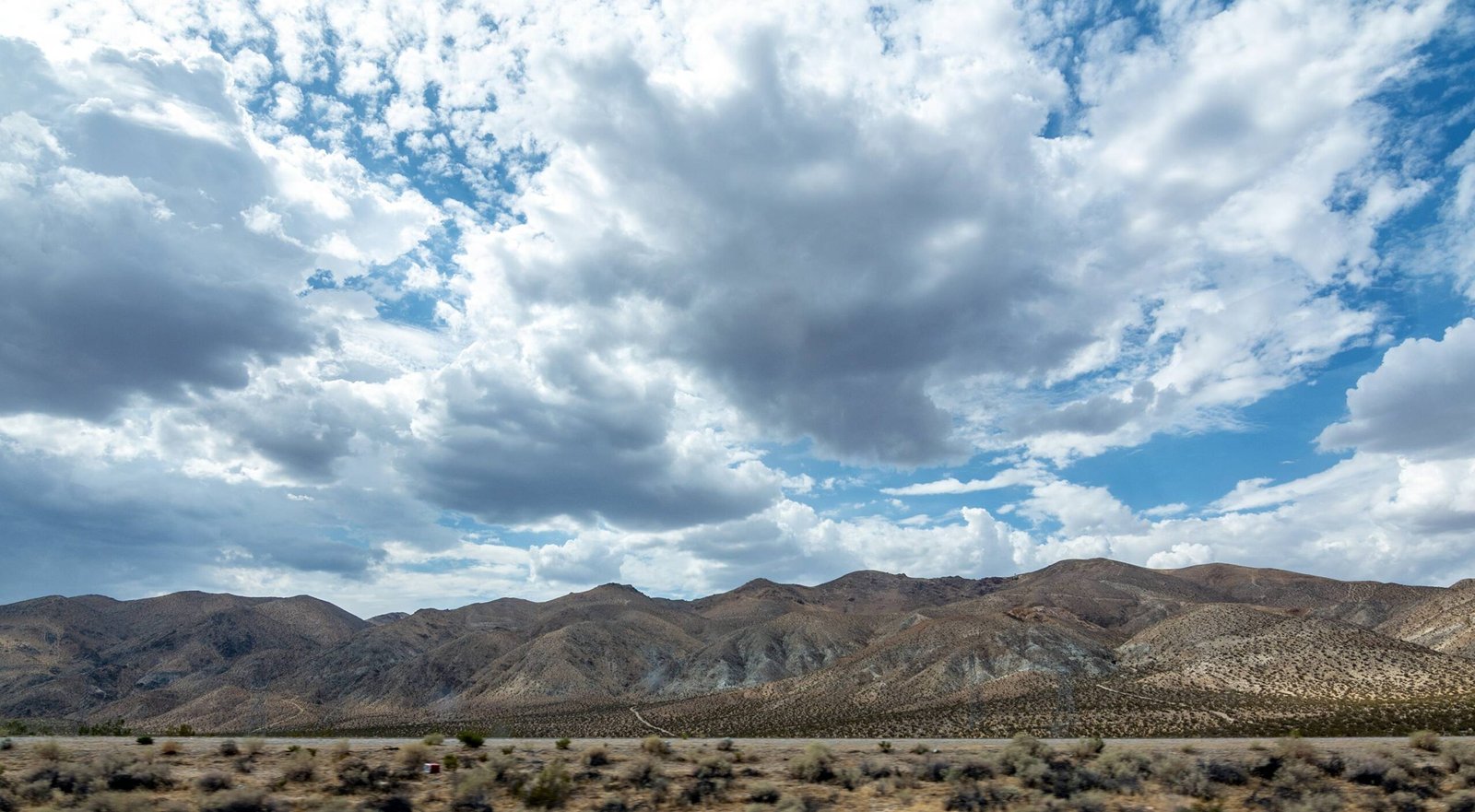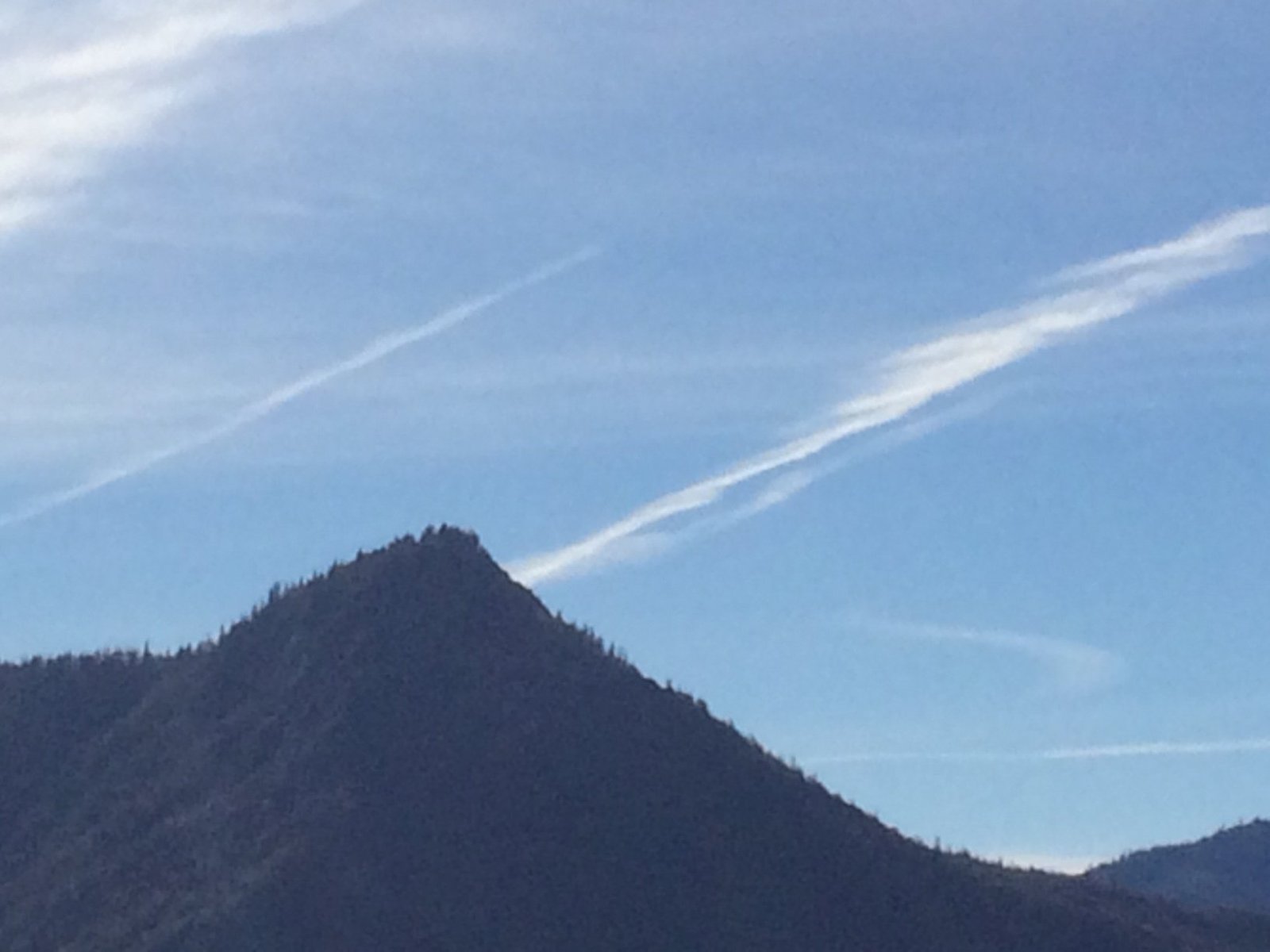Pikas in Sequoia National Park are small, rabbit-like mammals that inhabit high-elevation talus slopes and boulder fields. These resilient creatures are adapted to cool alpine environments, typically found above 8,200 feet. Pikas play a crucial role in the park’s ecosystem, serving as indicators of climate change impacts on mountain habitats. Their unique behaviors, including hay-pile building and high-pitched vocalizations, make them a fascinating subject for both researchers and park visitors.
What Are the Habitat Characteristics of Pikas in Sequoia National Park?

Pikas in Sequoia National Park have specific habitat requirements that are essential for their survival:
- Elevation Range:
- Typically found above 2,500 to 4,000 meters (8,200 to 13,100 feet)
-
Prefer high-altitude environments
-
Terrain Features:
- Inhabit talus slopes and boulder fields
-
Rocky areas provide shelter and protection
-
Vegetation Types:
- Surrounding areas include alpine meadows
-
Access to grasses, flowers, and young plant stems
-
Microclimate Conditions:
- Cool temperatures are crucial
- Rock crevices offer refuge from heat
The combination of these factors creates an ideal environment for pikas, allowing them to thrive in the harsh alpine conditions of Sequoia National Park.
How Do Pikas Behave in Sequoia National Park?

Pika behavior in Sequoia National Park is characterized by several unique traits:
Foraging Patterns
- Active during daylight and twilight hours
- Prefer temperatures below 25°C (77°F) for foraging
- Gather plants for winter storage in haypiles
Social Interactions
- Generally solitary animals
- Increased interaction during breeding season
- Use high-pitched calls for communication
Seasonal Activity Variations
| Season | Activity Level | Behavior |
|---|---|---|
| Summer | Moderate | Avoid peak heat, forage in cooler periods |
| Autumn | High | Intensive gathering for winter storage |
| Winter | Low | Active under snow, feeding on stored food |
| Spring | Increasing | Emerge from winter, begin foraging |
These behavioral patterns help pikas adapt to the changing seasons and harsh alpine environment of Sequoia National Park.
What Do Pikas Eat in Sequoia National Park?
The diet of pikas in Sequoia National Park is diverse and adaptable:
- Primary Food Sources:
- Grasses
- Alpine flowers
-
Young stems of various plants
-
Secondary Food Sources:
- Shrub twigs
- Moss
-
Lichens
-
Seasonal Variations:
- Summer/Autumn: Focus on gathering and storing food
- Winter: Reliance on stored haypiles
- Spring: Emerging vegetation as snow melts
Pikas are opportunistic feeders, adapting their diet based on availability and seasonal changes in their high-altitude habitat.
How Are Pikas Adapting to Climate Change in Sequoia National Park?
Pikas in Sequoia National Park are showing remarkable resilience to climate change:
- Population Stability:
- Studies indicate stable populations in core areas
-
No significant evidence of upslope movement
-
Behavioral Adaptations:
- Utilizing cooler microclimates within talus slopes
-
Adjusting foraging times to avoid peak temperatures
-
Physiological Responses:
- Potential development of heat tolerance mechanisms
- Adaptation to varying food sources
Despite concerns about climate change impacts, pikas in Sequoia National Park appear to be adapting well to current conditions.
What Conservation Efforts Are in Place for Pikas in Sequoia National Park?
Conservation efforts for pikas in Sequoia National Park are multifaceted:
Population Monitoring
- Regular surveys to assess pika presence and distribution
- Tracking of population trends over time
Habitat Protection
- Preservation of high-elevation talus slopes
- Minimizing human disturbance in pika habitats
Research Initiatives
- Pikas in Peril (PIP) Program:
- Assesses pika vulnerability to climate change
- Monitors physiological stress levels
-
Studies habitat conditions and population dynamics
-
Collaborative Studies:
- Partnerships with universities and research institutions
- Long-term data collection on pika ecology
Public Education
- Informational programs for park visitors
- Raising awareness about pika conservation needs
These efforts aim to ensure the long-term survival of pikas in Sequoia National Park and to better understand their role in the alpine ecosystem.
What Challenges Do Pikas Face in Sequoia National Park?
Pikas in Sequoia National Park face several challenges:
- Climate Change Impacts:
- Potential loss of suitable habitat due to warming temperatures
-
Changes in vegetation patterns affecting food availability
-
Human Disturbance:
- Increased tourism in alpine areas
-
Potential disruption of pika habitats
-
Habitat Fragmentation:
- Isolation of pika populations due to unsuitable intervening areas
-
Reduced genetic diversity in isolated populations
-
Predation:
- Natural predators such as weasels, coyotes, and birds of prey
-
Potential changes in predator-prey dynamics due to climate shifts
-
Competition:
- Possible competition with other alpine species for resources
- Shifts in species distributions affecting competitive interactions
Despite these challenges, pikas in Sequoia National Park have shown resilience, highlighting the importance of continued conservation efforts and research.
How Can Visitors Help Protect Pikas in Sequoia National Park?
Visitors to Sequoia National Park can play a crucial role in pika conservation:
- Stay on Designated Trails:
- Minimize disturbance to pika habitats
-
Reduce erosion and vegetation damage
-
Observe from a Distance:
- Use binoculars for viewing pikas
-
Avoid approaching or feeding wildlife
-
Report Sightings:
- Inform park rangers of pika observations
-
Contribute to citizen science projects
-
Educate Others:
- Share knowledge about pika conservation
-
Promote responsible wildlife viewing
-
Support Conservation Efforts:
- Donate to park conservation funds
- Participate in volunteer programs
By following these guidelines, visitors can help ensure the continued presence of pikas in Sequoia National Park for future generations to enjoy and study.
References:
1. Pikas are adapting to climate change – High Country News
2. Pikas Are Adapting To Climate Change Remarkably Well – National Parks Traveler
3. Parks, pikas, and physiological stress: Implications for long-term … – National Park Service

